Teresa González Díez
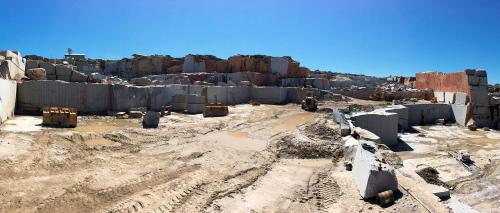
Quarry of Gris Quintana. GÓMEZ Y PIEDRA
The most exploited granite quarry in Extremadura, a region located in the southwest of Spain, is located in the municipality of Quintana de la Serena (Badajoz). It is located on a large batholith called Los Pedroches or huge mass of granidiorite, with a surface area of 200 km long and between 5 and 30 km wide, from which is extracted, among others, the commercially known as Quintana Grey granite. This is the best known and most widely used Spanish granite, together with the Rosa Porriño from Pontevedra. There are currently around 20 active quarries/factories with a productivity of around 3,000 tonnes/week of granite between all these factories.
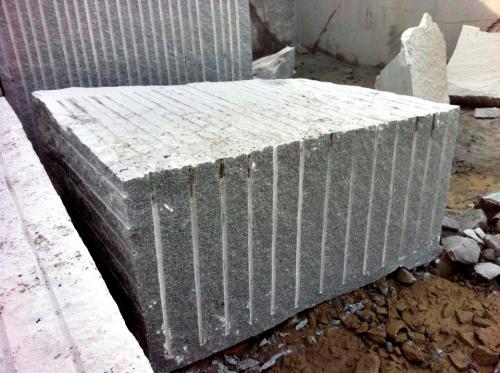
GÓMEZ Y PIEDRA
Grey in colour, it is composed of quartz, feldspar, plagioclase and biotite. It is one of the hardest granites on the market, a robust and well compacted material, with a homogeneous grain between medium and fine, very resistant to temperature changes, which withstands both frost and heat very well and has little moisture absorption, which is why it is widely used in all types of applications, especially outdoors, standing out in public works and, thanks to all these characteristics, it is a great ally for energy savings in buildings constructed with this material.
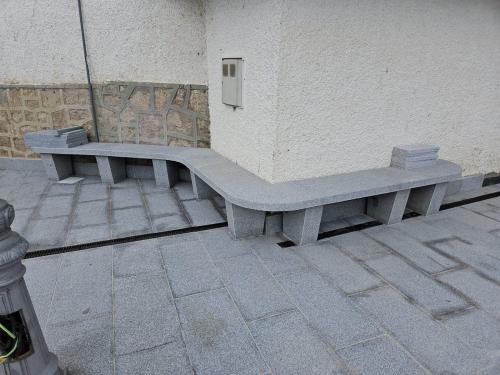
GRANITOS EUROPEOS
Quintana Grey granite is unique, that is, there is only one type of material as such. Within this type of material, and being a natural element that is extracted from the subsoil and depending on the extraction area, it can have some peculiarities:
- Above all in the tone, there are areas where granite comes out lighter and others darker.
- There are areas where the granite comes out with spots and areas where it comes out completely clean. Hence, there is first quality Quintana Grey granite, the most used above all for polished finishes, such as cemetery, floors or worktops, and second quality or commercial quality.
-The texture of the grain, in some areas is a little finer than in others, but it is hardly noticeable.
FINISHES AND TEXTURES
It allows all types of finishes: bush-hammered, sawn, aged, flamed, polished and rustic.
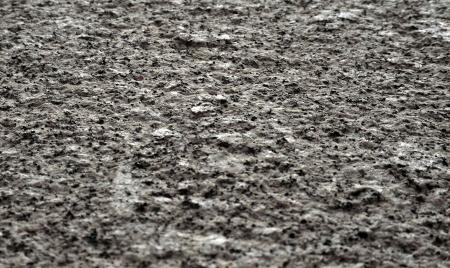
Gris Quintana bushhammered. GÓMEZ Y PIEDRA
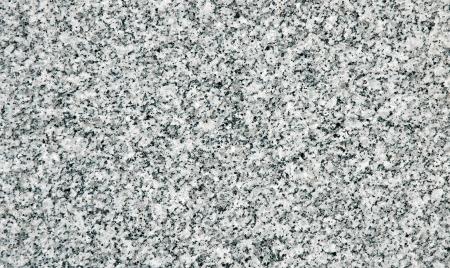
Gris Quintana sawing. GÓMEZ Y PIEDRA
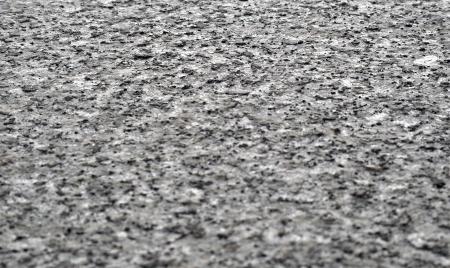
Gris Quintana flammed. GÓMEZ Y PIEDRA
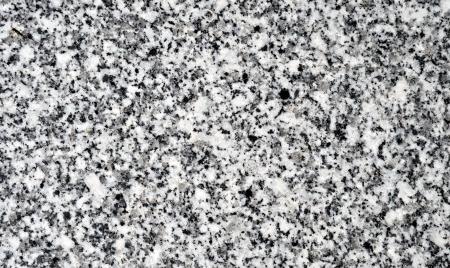
Gris Quintana polished. GÓMEZ Y PIEDRA
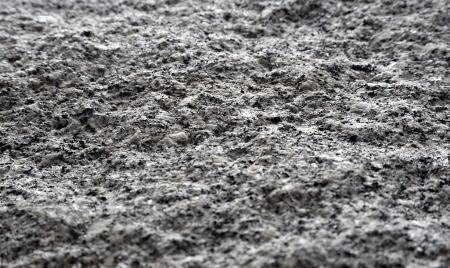
Gris Quintana rustic. GÓMEZ Y PIEDRA
Among the most commonly used textures are ribbed, striped and buttoned, especially for ‘tactile’ slabs on urban roads to assist the visually impaired.
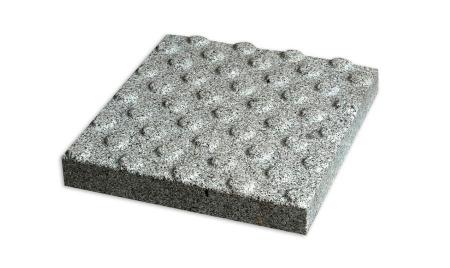
Podotactile tile. GÓMEZ Y PIEDRA
APPLICATIONS
As it is a very hard and versatile granite, it is used in a multitude of exterior and interior applications.
Exterior: Public works, flooring and paving, cobblestones, kerbs, slabs, blocks, façades, stairs, balusters, urban and garden furniture, fountains, barbecues, sculpture and funerary art.
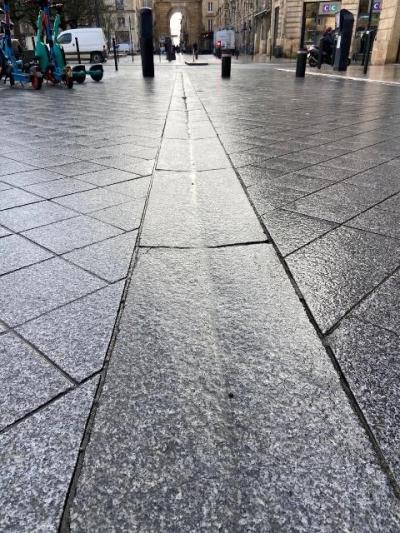
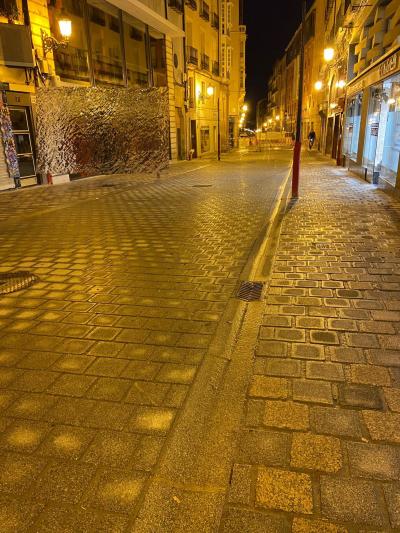
GRANITOS EUROPEOS
Interior: Flooring, walls, stairs, worktops and fireplaces.
It is a stone that we can call historical since, from its vestiges, we know that its use begins in prehistoric times, having its great development in Roman times and lasting until the present day. It has been used for large civil, religious (cathedrals, co-cathedrals, churches and monasteries) and military constructions.
Extremadura has a great artistic heritage thanks to the use and durability of this ornamental stone.
MARKETS
As it is a highly valued material, especially for public works, Gris Quintana granite exports almost all of its production. Only between 25 and 30% is sold in Spain.
Madrid is the Spanish city where most Gris Quintana granite is being laid: in its streets, squares and public parks and in some emblematic buildings such as the new Museum of Royal Collections.
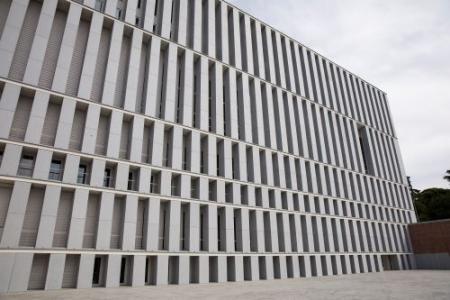
Façade of the Museum of Royal Collections, Madrid (Spain). GRANILOURO
The main export countries are:
Europe: UK, France, Italy, Holland, Germany and Andorra.
America: Canada and USA.
Africa: The north of the continent, Algeria.
While its main competitors in the market are China and Portugal, as they have some similar materials.
We would like to thank Isidro García Nogales of Granitos Europeos for his collaboration in the preparation of this article.
